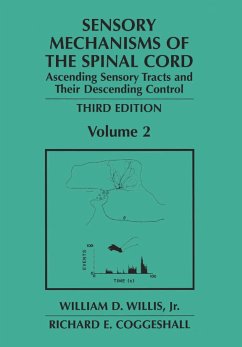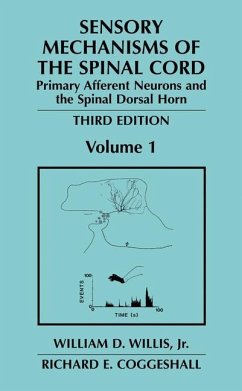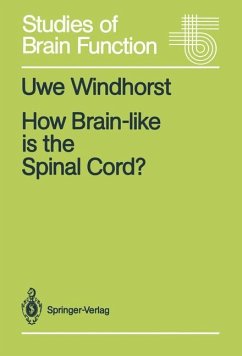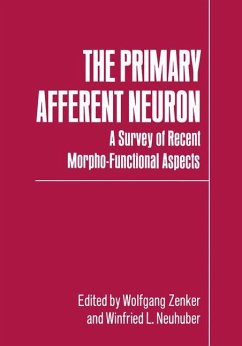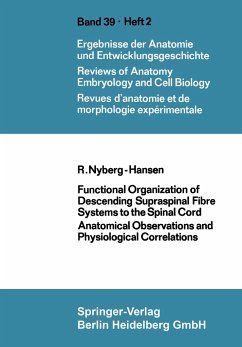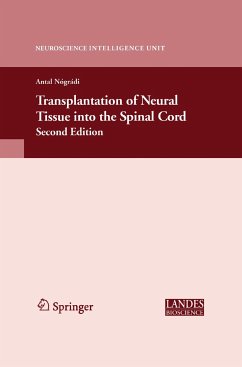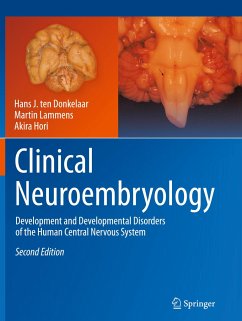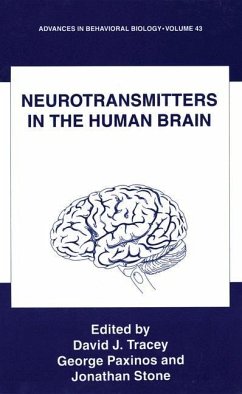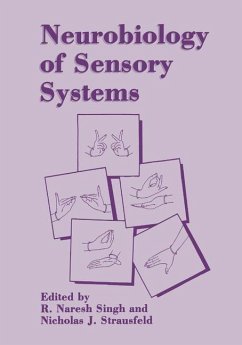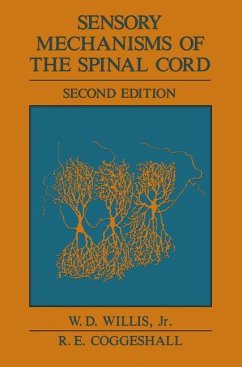
Sensory Mechanisms of the Spinal Cord
Versandkostenfrei!
Versandfertig in 6-10 Tagen
151,99 €
inkl. MwSt.
Weitere Ausgaben:

PAYBACK Punkte
76 °P sammeln!
As stated in the preface to the first edition, the goal of this monograph is to provide an overview of current thought about the spinal cord mechanisms responsible for sensory processing. We hope that the book will be of value to both basic neuroscientists and clinicians. The organization of the monograph has followed the original plan in most respects, although the emphasis has changed with respect to many topics because of recent advances. In particular, a substantial increase in the number of investigations of the dorsal root ganglion has led us to devote a chapter to this topic. The treatm...
As stated in the preface to the first edition, the goal of this monograph is to provide an overview of current thought about the spinal cord mechanisms responsible for sensory processing. We hope that the book will be of value to both basic neuroscientists and clinicians. The organization of the monograph has followed the original plan in most respects, although the emphasis has changed with respect to many topics because of recent advances. In particular, a substantial increase in the number of investigations of the dorsal root ganglion has led us to devote a chapter to this topic. The treatment of chemical neuroanatomy in the dorsal horn, as well as the relevant neuropharmacology, has also been expanded considerably. Another major emphasis is on the results of experiments employing microneurography in human subjects. We thank Margie Watson and Lyn Schilling for their assistance with the typing and Griselda Gonzales for preparing the illustrations.





